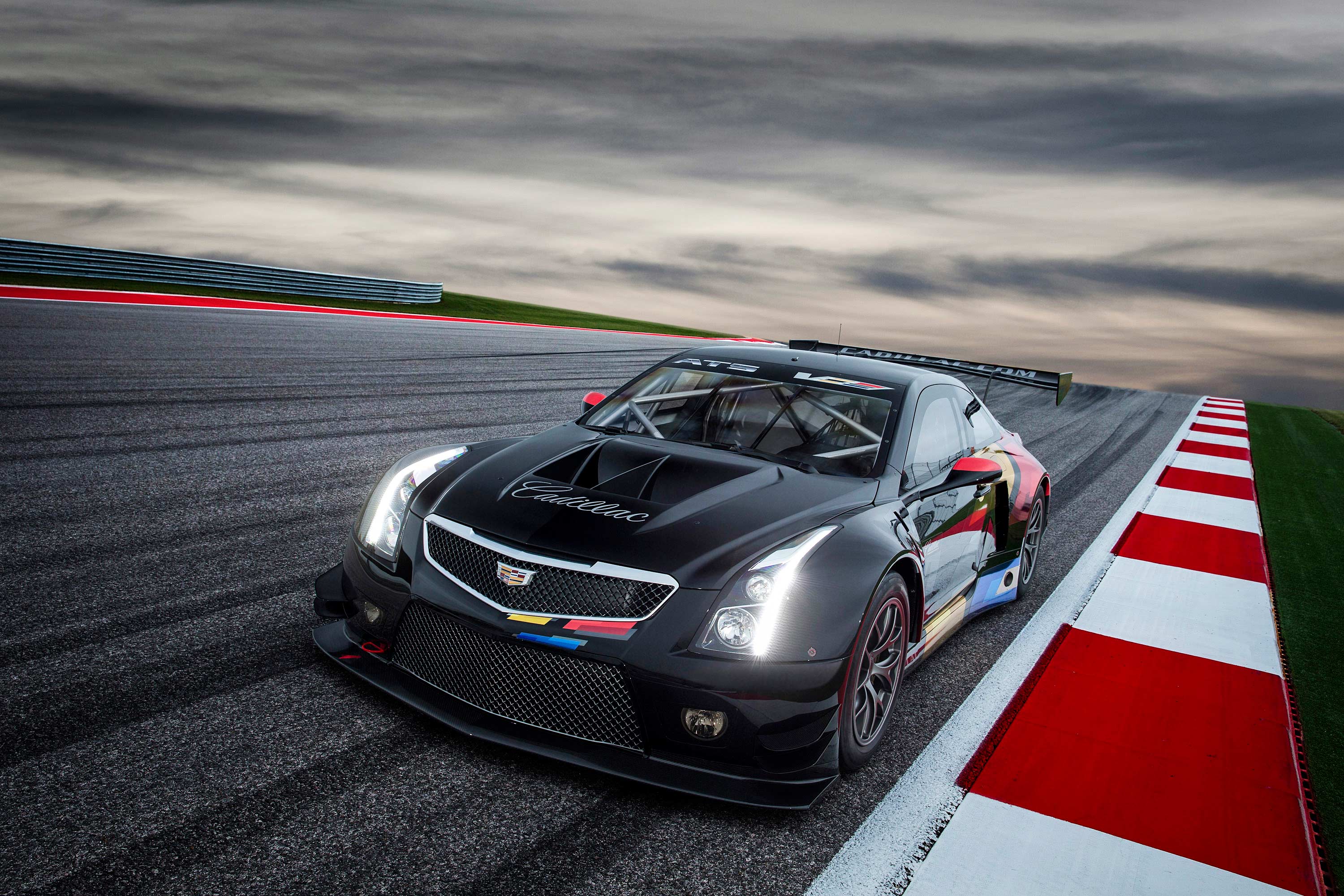
Just days before the L.A. Auto Show last fall, Cadillac hosted Ignition in Austin, Texas for an exclusive event at the Circuit of the Americas that included a sneak peek at the brand’s latest track weapon – the stunning Cadillac ATS-V.R race car – and hot laps with Johnny O’Connell in his 2014 Pirelli World Challenge championship-winning CTS-V race car on the high-speed F1 track. Not only that, Cadillac had shipped out a small fleet of the outgoing CTS-V models from Michigan to drive on the 5.5-kilometre circuit just so we wouldn’t feel left out.
At some point during my flogging of the whole CTS-V family (coupe, sedan, wagon and even the official Pirelli World Challenge safety car around COTA), it became pretty clear that Cadillac’s V-Series delivers on the promise of being a luxury car that is as much at home on the track as it is on the street.
“That’s our thing,” says Tony Roma, Cadillac’s Chief Engineer for CTS and V-Series, including the ATS-V. “It has been from day one on V-Series. The challenge is how do you make a luxury car that’s still a car you enjoy driving in normal situations?”
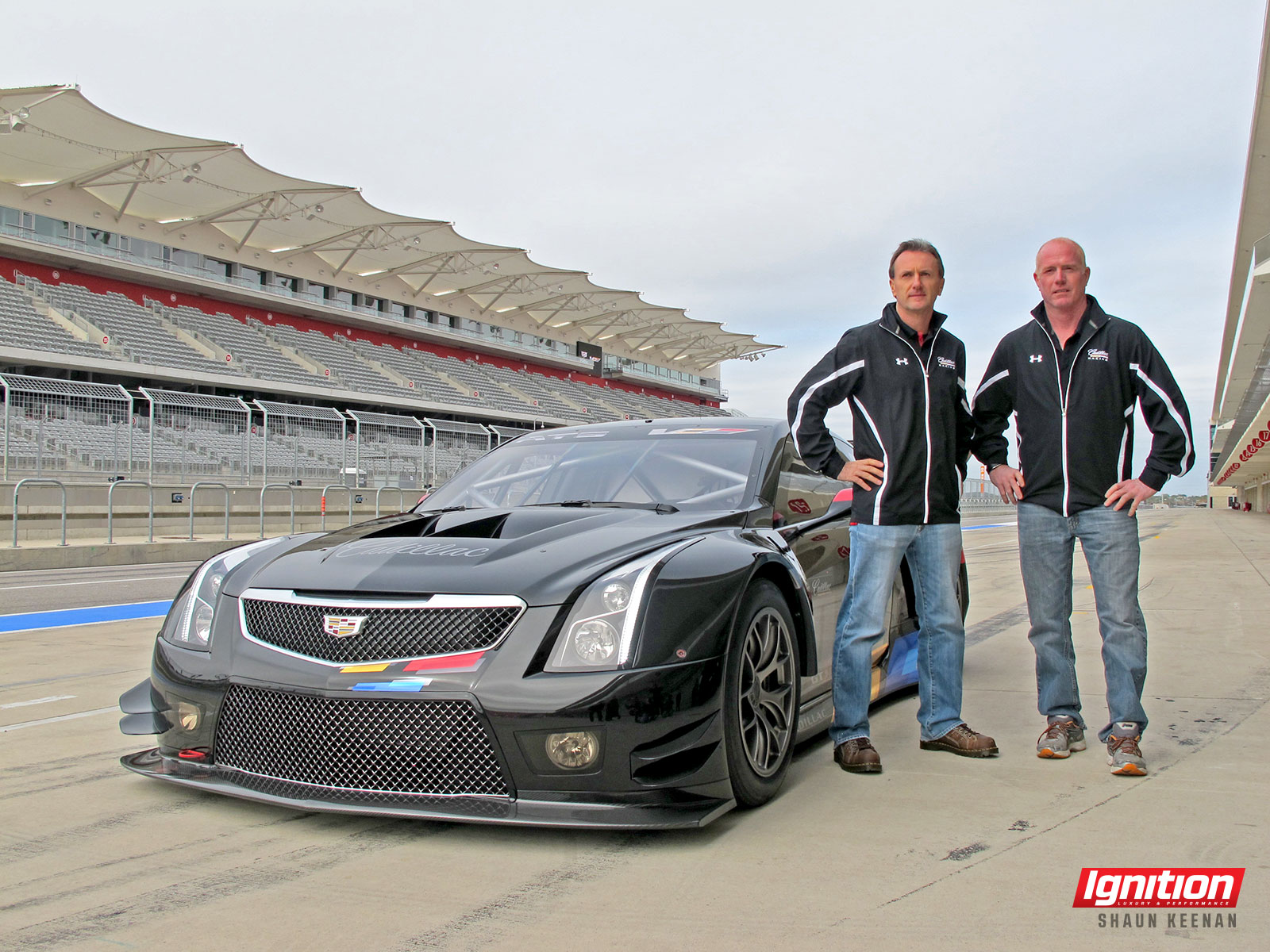
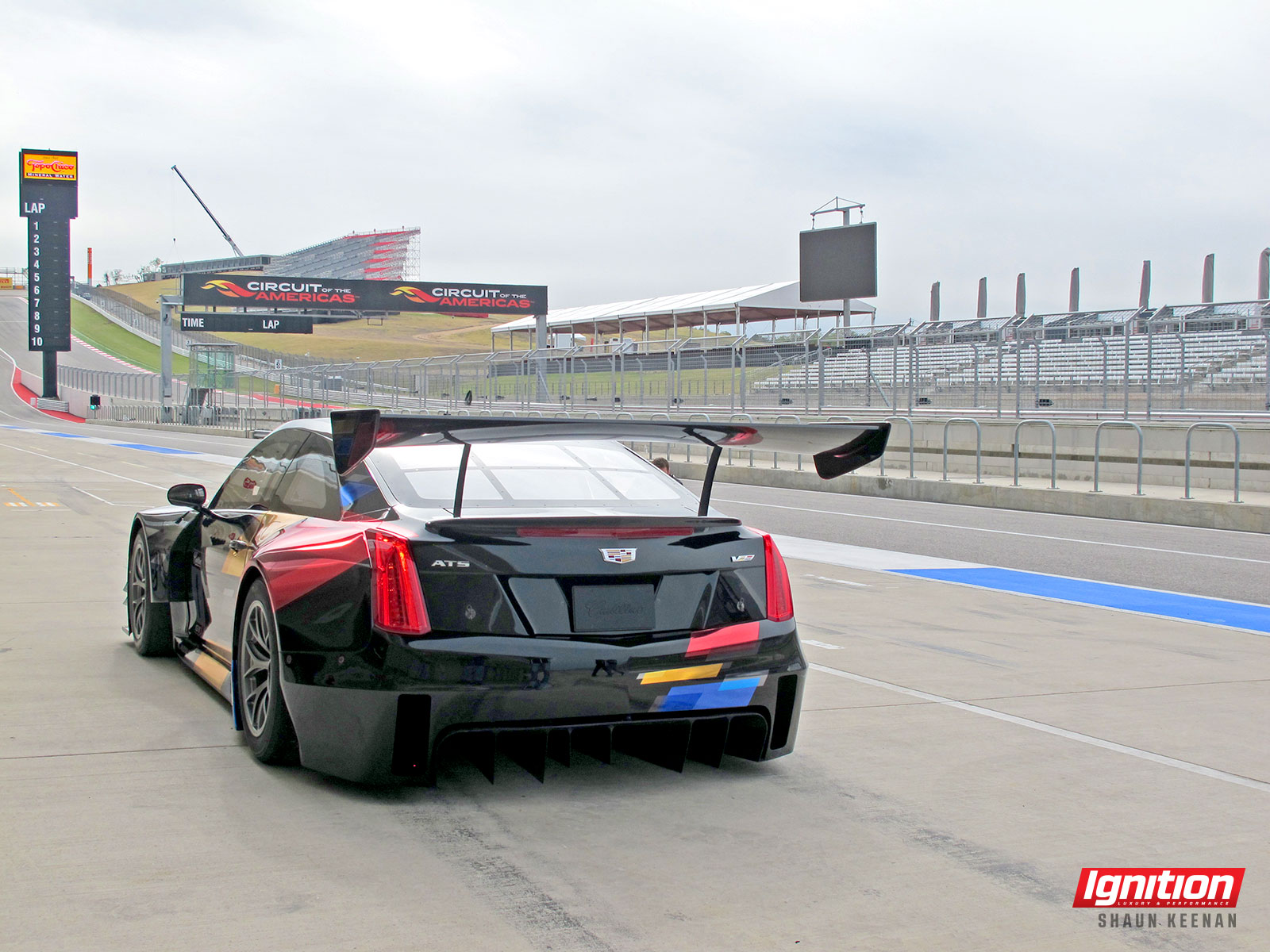
I found myself pondering this very question during my hot laps, but since I don’t speak zeros and ones, I asked Roma to try and explain some of the more impressive cool technologies in Cadillac’s current and future high-performance product. He is, after all, responsible for the cars that are in production today, as well as those that are a few years out. He’s also a GM-certified level six development test driver with many laps around the Nürburgring, and is instrumental in setting the flavour and character of these cars.
Shaun: First, can you tell me how the development driver certification works at GM?
TR: Depending on what test you’re running, there’s a certain level of driving certification that we require. If you’re going to run a test... and say “Yes, we’re good!” to the VTS (vehicle technical spec), you need a certain level of driver to go out and exercise the car, because otherwise, you can kind of fool yourself if the driver can’t get everything out of the car. So we’ve come up with a scale of adheres to keep everybody safe and not put people into situations where they might feel stress. We train our people at our proving grounds in Milford. We start on Black Lake or our skid pad and autocross-style drives. Then we move over to our internal road course and we step the cars up. For our highest cert, you’ve got to drive a Z06 Corvette within one per cent of a professional driver’s lap time. And, if you’re going to be what we call a level six driver, you have to put not just one lap, but you have to put out six out of eight laps, which is probably about as hard as it sounds.
Shaun: When we spoke earlier, you mentioned “flying car mode.” It’s not a little button you press to make a Caddy sprout wings and take off, is it?
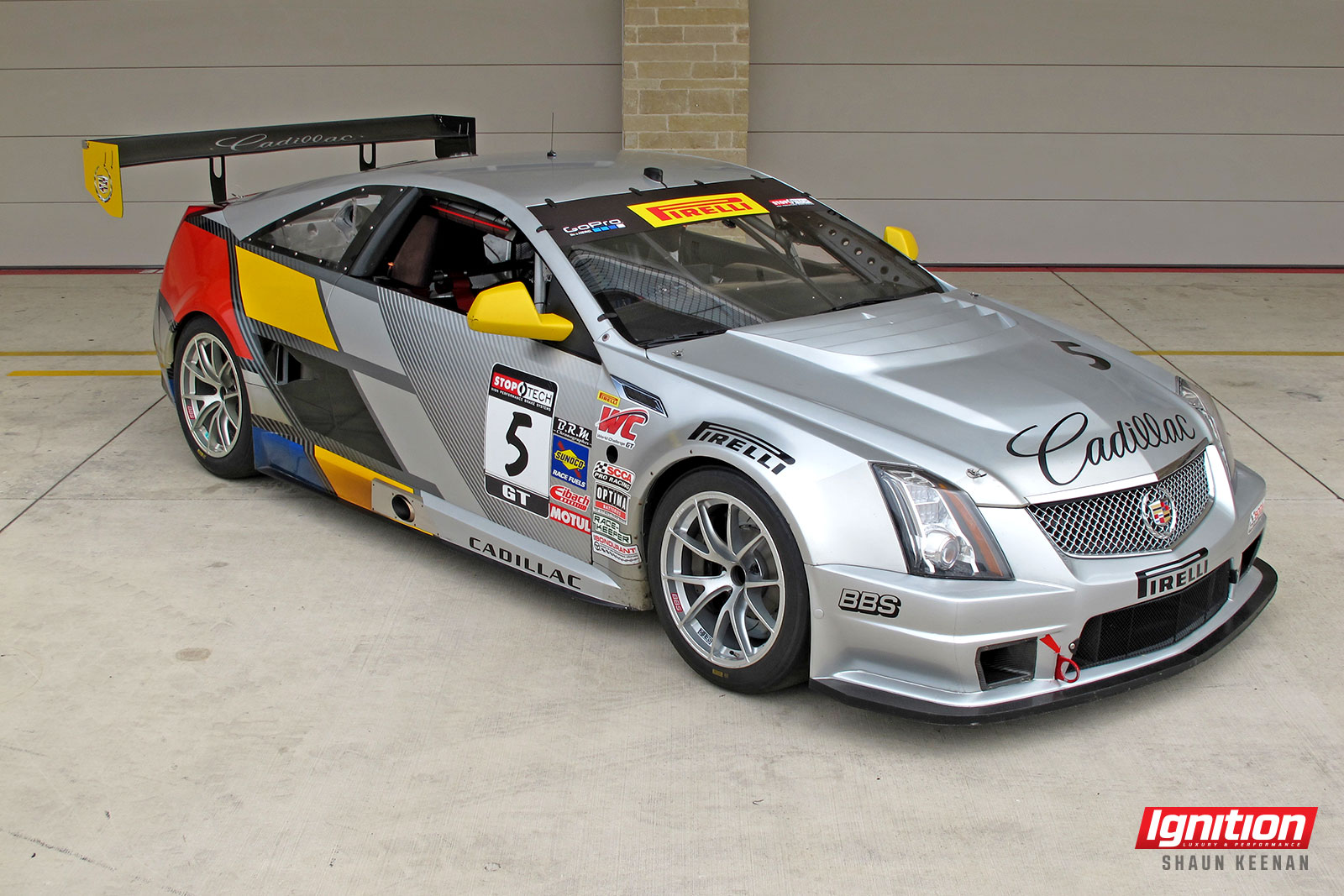 TR: Flying Car Mode (FCM) is basically an algorithm where it detects that the car has come off the ground – it’s looking at the sensors for the magnetic ride dampers and it detects that the car is off the ground, and it sets all the chassis controls up, knowing that there’s no normal force on the tires so that it recalculates very quickly after the car does land. If you’re in a high grip situation and you’ve just unloaded the car due to some bump or jump in the road, you want it to very quickly learn its way back in. So, FCM is a way that we tell the computers – with the height sensors on each corner – that ‘Hey, I was on a high coefficient of friction surface a second ago, I probably still am when I land.’ It’s petty cool!
TR: Flying Car Mode (FCM) is basically an algorithm where it detects that the car has come off the ground – it’s looking at the sensors for the magnetic ride dampers and it detects that the car is off the ground, and it sets all the chassis controls up, knowing that there’s no normal force on the tires so that it recalculates very quickly after the car does land. If you’re in a high grip situation and you’ve just unloaded the car due to some bump or jump in the road, you want it to very quickly learn its way back in. So, FCM is a way that we tell the computers – with the height sensors on each corner – that ‘Hey, I was on a high coefficient of friction surface a second ago, I probably still am when I land.’ It’s petty cool!
At the Nürburgring, Flaunsgarden is one of those spots where you’re coming into this corner really fast, there’s a little hop right before this really fast right-hand turn and you need to use the brakes. You need to either have the forethought to use the brakes before the jump – in most cars, fast cars like this, you need to brake somewhat before the jump – because, if you brake late or if you go over the jump with the brakes on, a traditional ABS algorithm or the chassis control algorithm would assume the low coefficient of friction. It’s a corner like that that really caused us to say ‘Hey, we want to go off and invent this flying car algorithm.’ But then what you find is that you use it in other places – other places around the Nürburgring, other places on our own track in Milford. Like a lot of these technologies, it’s the kind of technology you would use in an evasive maneuver, or if you’re on some back road and there’s some bump or jump. It’s with those kinds of things that these technologies really shine.
It’s when customers don’t even know they need it and it’s there, and the computer is going to say ‘Oh wait, hold on, I know what’s going on.’ Maybe when you’re not even sure what it is.
Shaun: Tell me more about the Brake Knockback Algorithm. I’m pretty sure I felt it both on the road and the track today.
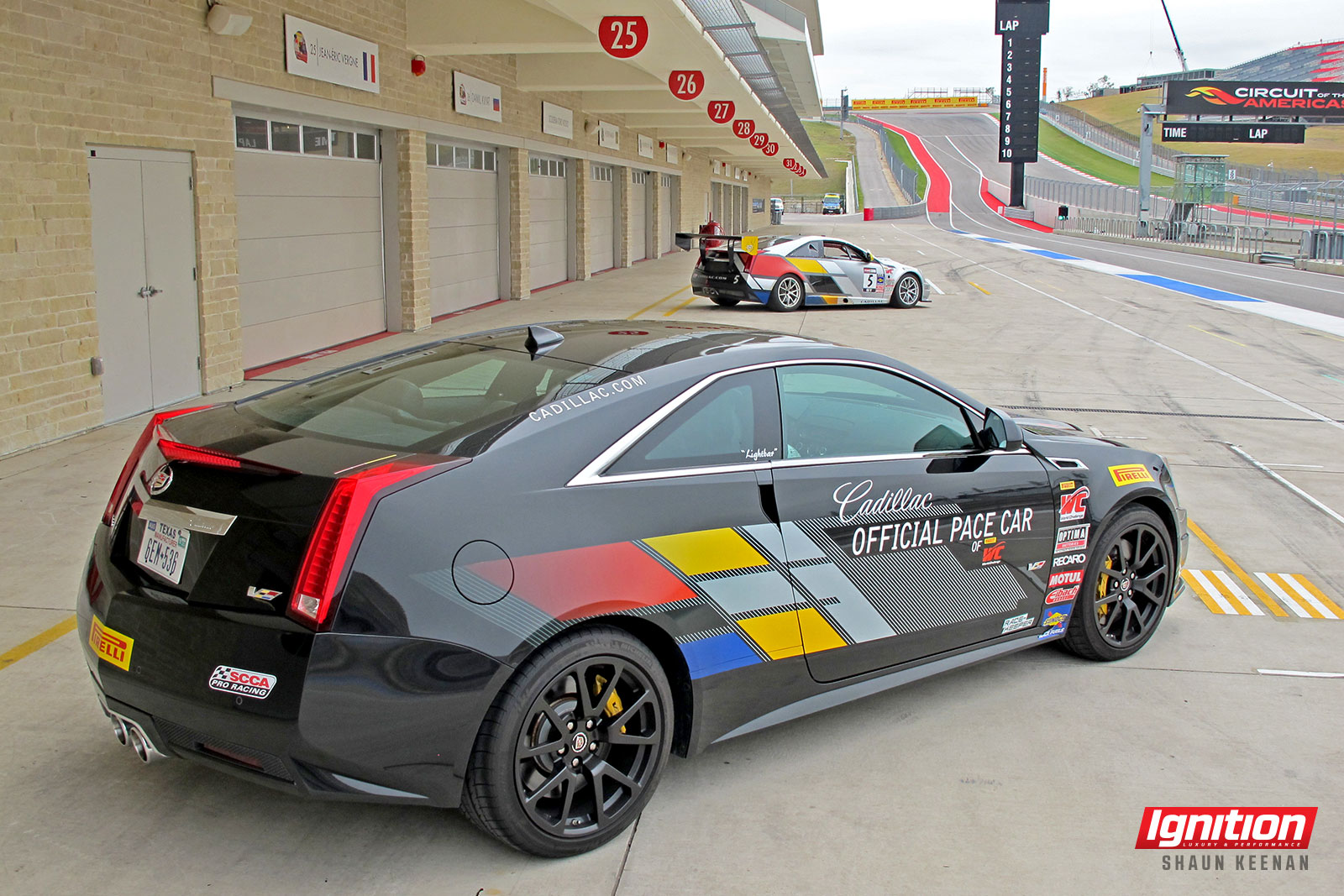 TR: It’s a patented algorithm one of our guys came up with that we debuted in this generation of V that’s in our future cars also. So the computer will say okay, before the person needs the brakes, I’m going to go ahead and apply just a very small amount of pressure and if you’re really, really paying attention, sometimes you can pick it up.
TR: It’s a patented algorithm one of our guys came up with that we debuted in this generation of V that’s in our future cars also. So the computer will say okay, before the person needs the brakes, I’m going to go ahead and apply just a very small amount of pressure and if you’re really, really paying attention, sometimes you can pick it up.
The Brake Knockback Algorithm (BKA) comes from the fact that there’s a very small amount of deflection from the knuckle or the wheel bearing when we put these large brakes on (especially on the front corners) since the caliper is fixed. The computer has an algorithm looking for certain inputs, certain frequencies of inputs. If the rotor moves at all, [it will detect it and] literally knock back the brake pad and squeeze the fluid out and back into the reservoir. Here at COTA I’m sure you’re getting into it because, through that esses section where you’re left right left right, especially through the serrated kerbs – if you’re using them – you put a lot of flex into the knuckles and in the bearings, moving those big knuckles around.
Most of the time it is so subtle that you hardly even notice it, but what you do notice is when you need to go to the brakes for that corner after that twisty section, the brake pedal travel remains very consistent. The BKA snugs the brakes pads up. It doesn’t actually apply the brakes – and it’ll do it just to the front bearings – and it’ll apply just a little bit of brake pressure with the hydraulic motor and snug things up. We use it to help keep that consistent brake feel so that you have confidence to push the car to its limit.
Shaun: What about the No-Lift Shift Algorithm?
TR: [Like the C7 Z06], the No-Lift Shift Algorithm (NLSA) is something this generation of V-Series has. On the supercharged engine, if you keep your foot at 100 per cent pedal, the computer recognizes you’re at full throttle and close to redline so that if you put the clutch in, a sensor recognizes this movement and leaves the bypass valve on the supercharger closed [for a very short amount of time], and it assumes you’re going to make a really quick upshift. Normally, the first thing it would to do to not have the engine overboost is to open the bypass. But, when you close the bypass, it takes a small amount of time to build boost pressure again. In this situation, the NLSA leaves the bypass closed and cuts spark only so it’s making as much boost pressure as it can. If you make a slow upshift, it exits the mode, but if you keep your foot on the floor, hit the clutch, grab the next gear, let the clutch out – the computer does everything it can to keep the boost pressure in.
It works really well on the supercharged engine, but on some of the stuff we’re coming out with with the twin turbos it works really, really well because it leaves the wastegates closed, keeps the turbine wheels spooled up. It’s incredible the difference between using it and not using it.
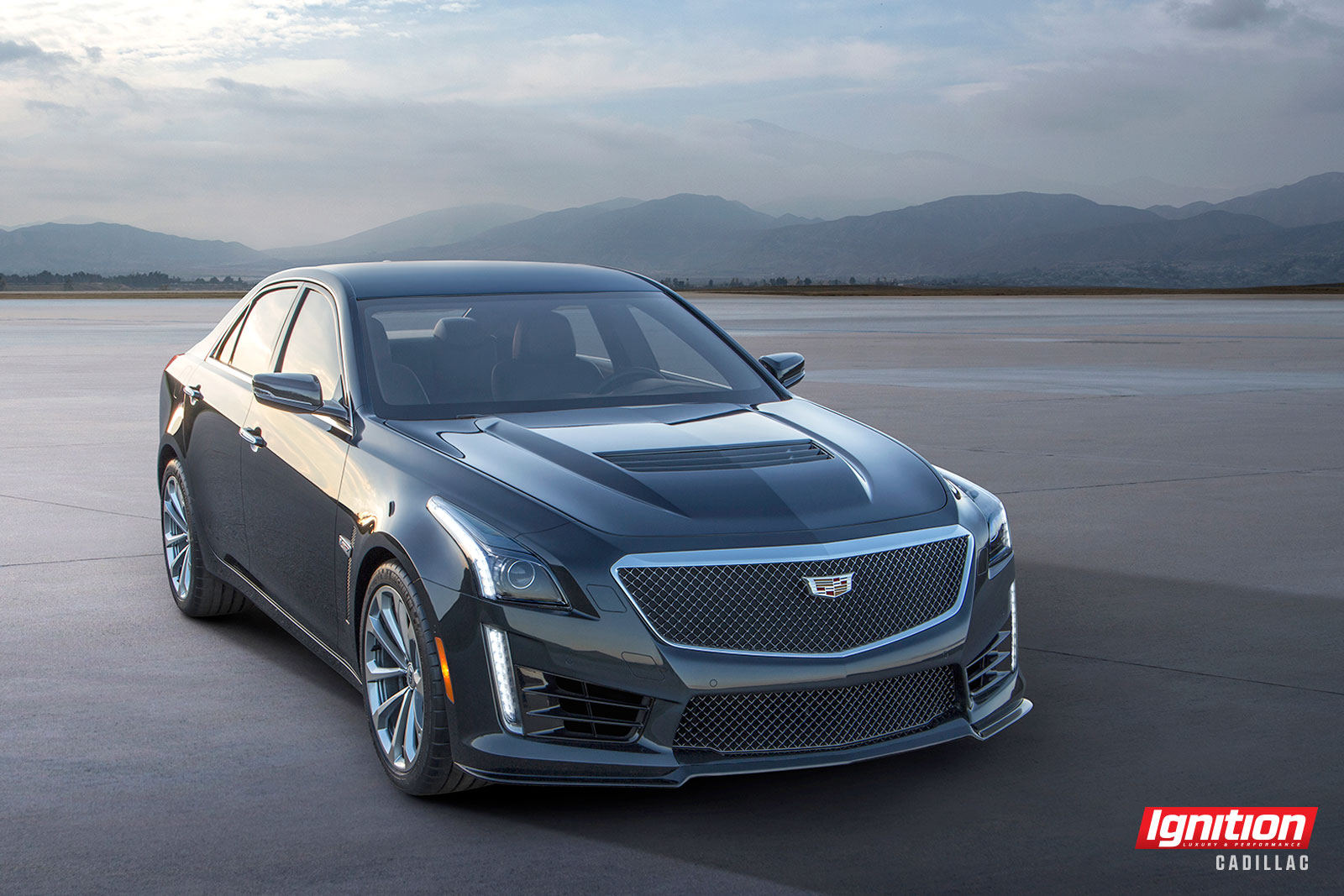 Shaun: Isn’t rev-matching another Corvette technology making its way into Cadillacs?
Shaun: Isn’t rev-matching another Corvette technology making its way into Cadillacs?
TR: The rev-matching on downshifts is used in the Corvette right now. Sensors in the gearbox tell it exactly what gear you’re going from and going to, and as soon as it sees the lever move into the new gear, the engine just commands the revs to come up and match exactly the speed that you need, so when you let the clutch out there’s no disturbance. You still [have] to use the clutch so you’ve still got to do some of it. And we also have launch control to go with it.
Shaun: You could go on and on about the technologies that are in these cars forever, couldn’t you?
TR: Another really cool one is the algorithm in the MR (magnetic ride) controller. These shocks can react so fast now that on corner entry versus mid corner versus corner exit, we have the ability to have three discreet different damping settings that change the front to rear roll stiffness. We call it our dynamic DLLTD algorithm and, in the case of the new V-Series, it works in conjunction with the electronic limited slip diff so that we now have an incredible amount of tuning flexibility in touring, sport and track modes. DLLTD helps us get that bimodal character where these cars are comfortable to drive on the road, confidence inspiring, they have a certain amount of understeer and things that give you confidence in real world, normal driving situations. But then we’re able to transform the character of the car, make it turn in really sharp and things that, if you had to tune a traditional car like that, would be way too busy to drive on a public road. With the algorithms and the technologies we have, it’s incredible how we can get those two discreetly different characteristics of comfortable and confidence inspiring on real roads. And then if you do get into a situation where you want to, it can turn into a razor sharp weapon. It’s really cool!
Shaun: Awesome. And the Performance Traction Management system – that’s a technology that’s going to be on the next generation cars?
 TR: Yes, the next generation V-Series will have our Performance Traction Management (PTM) system that debuted on the ZR1 Corvette and is on the ZL1 Camaro. PTM is a five-mode system that lets the driver choose, based on either their skill level or comfort with the track, [the best settings for the situation].
TR: Yes, the next generation V-Series will have our Performance Traction Management (PTM) system that debuted on the ZR1 Corvette and is on the ZL1 Camaro. PTM is a five-mode system that lets the driver choose, based on either their skill level or comfort with the track, [the best settings for the situation].
In mode five it’s very aggressive: it lets the car get stepped out and pretty loose, which is what you really want to be fast. But for a lot of folks that’s a little unnerving. So mode four is little bit more conservative. Mode three leaves the stability control on and in an opened-up fashion to let you slide the car around. Mode two is a little bit more conservative: again, if you’re working your way up to it, and then mode one, we have the ability to say, if it’s wet out or changing conditions, if it’s a damp track but it’s drying – mode one tells the computer to assume that you’ve got maybe inconsistent or low coefficient of friction. It’s an awesome system that lets the driver choose how aggressive they want the car to be, how conservative they want the car to be... it’s a fantastic situation!
Shaun: So what is special sauce for V-Series and the Cadillac brand moving forward?
TR: For those folks who are so inclined to come to a place like this and actually push the cars. And if you want one car that you can do multiple things with, our special sauce is giving these cars the ability to do both things well. [With V-Series] you’re not buying a car that beats you up day-to-day, but then it’s beautiful on the racetrack. You don’t have to choose. Our deal is to come up with a car that can do both.
The V-Series is a staple of our brand and we’re going to have two flavours [with the next generation V-Series models]. The CTS-V is going to be tuned, more favouring comfort and a little more luxury. It’s a bigger car too. The ATS-V is the lighter, smaller car and it’s going to be tuned more to favour the track situation. They definitely have different personalities.
Indeed. Can’t wait to meet them.






















